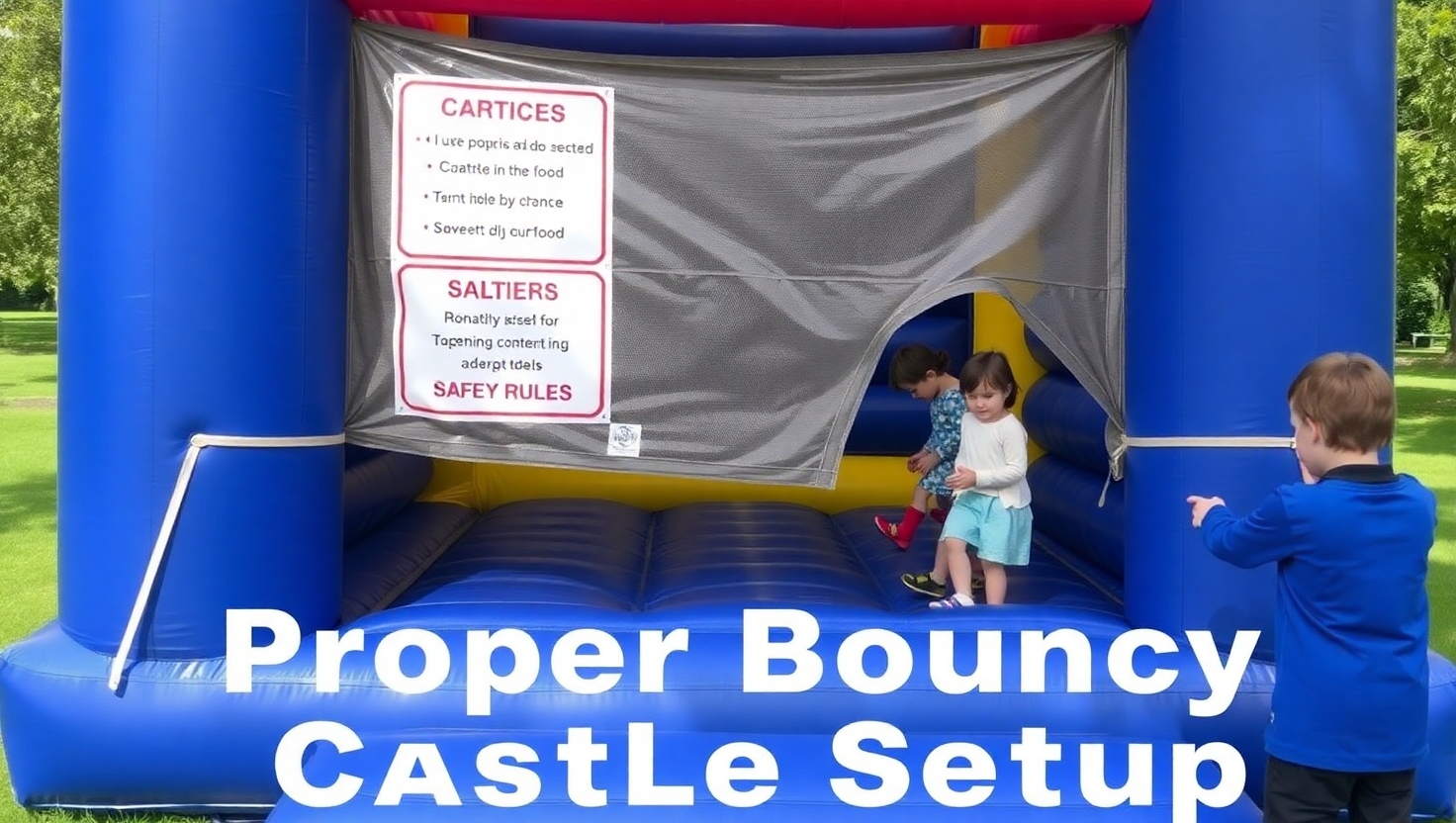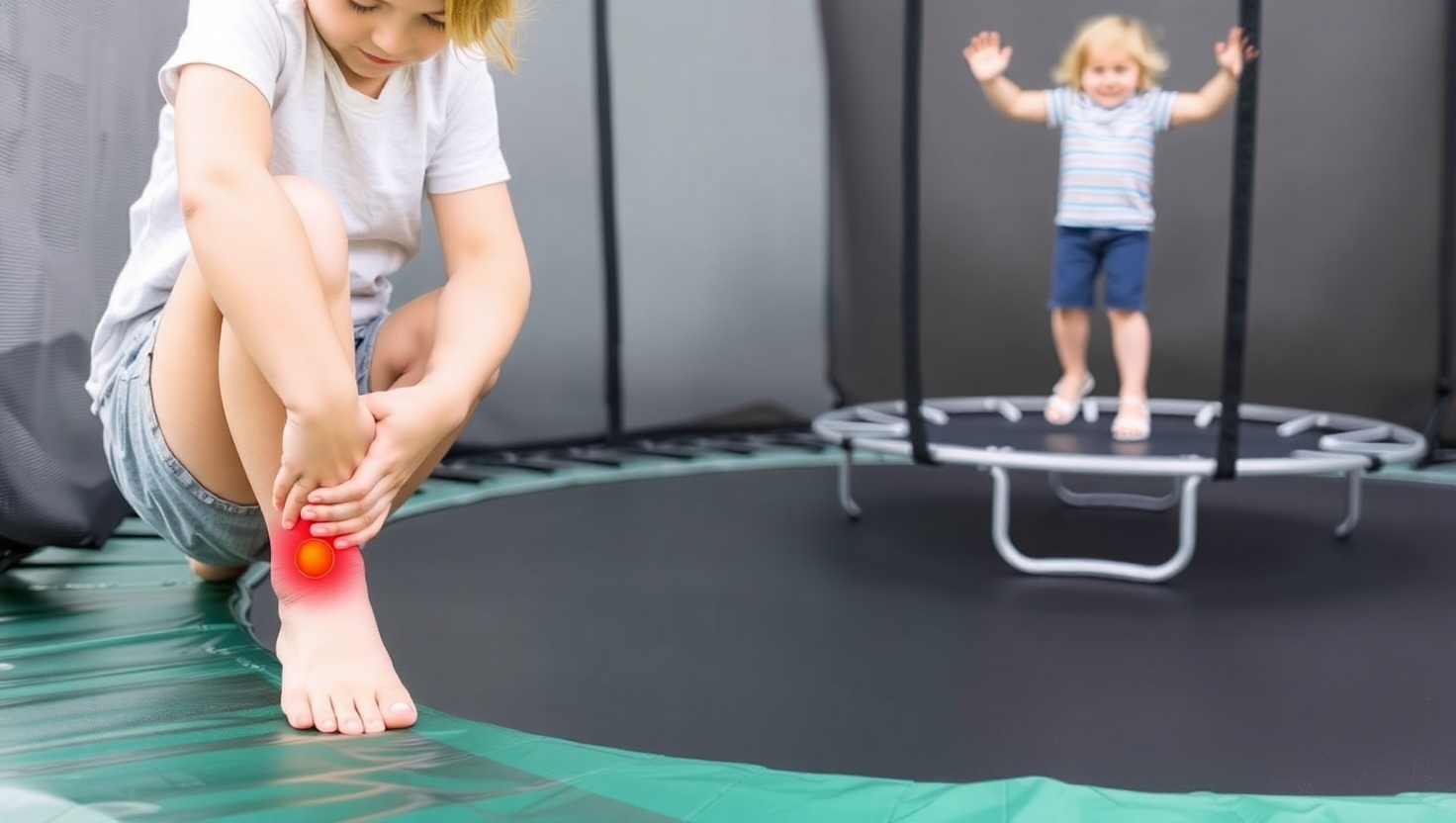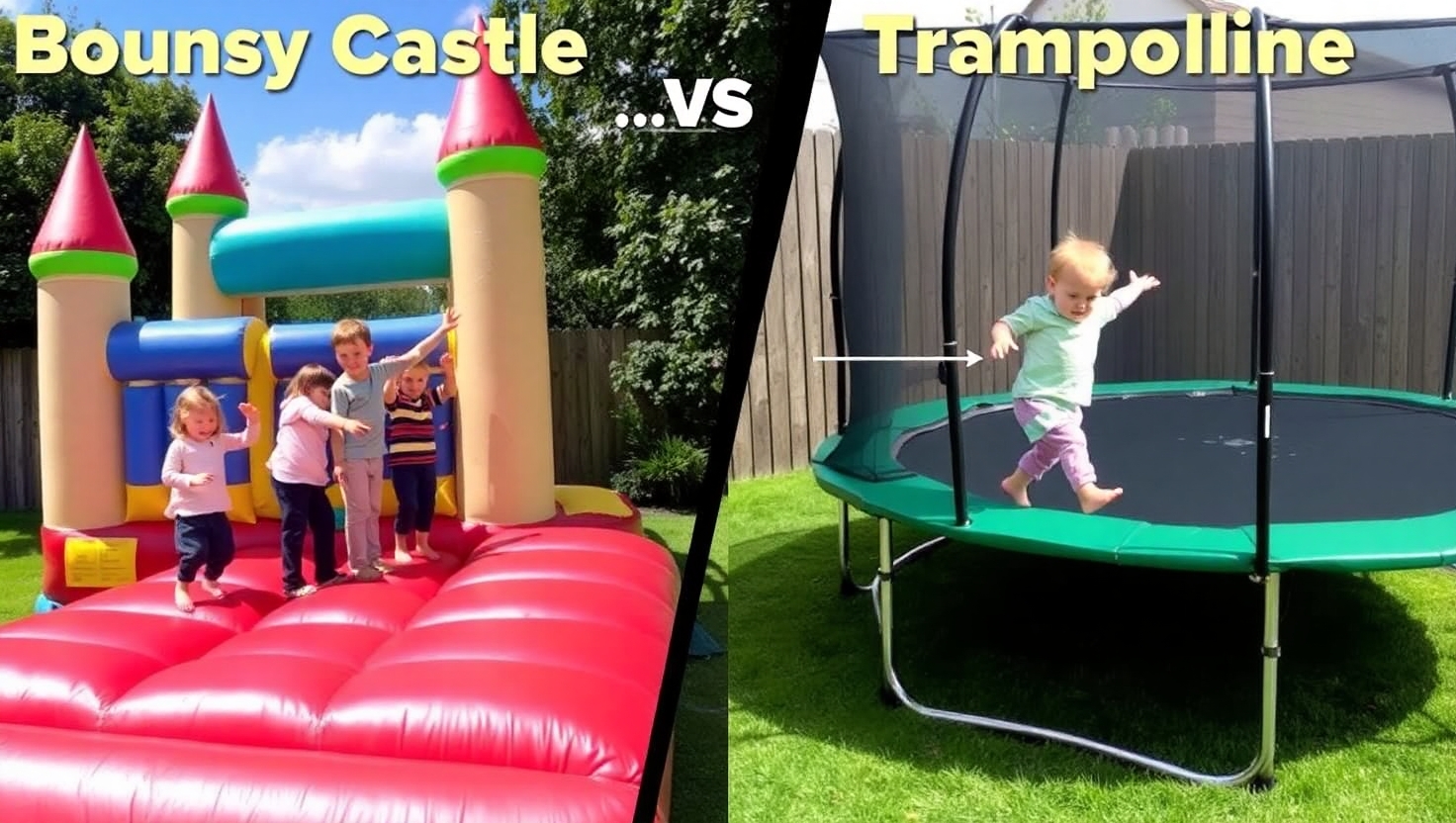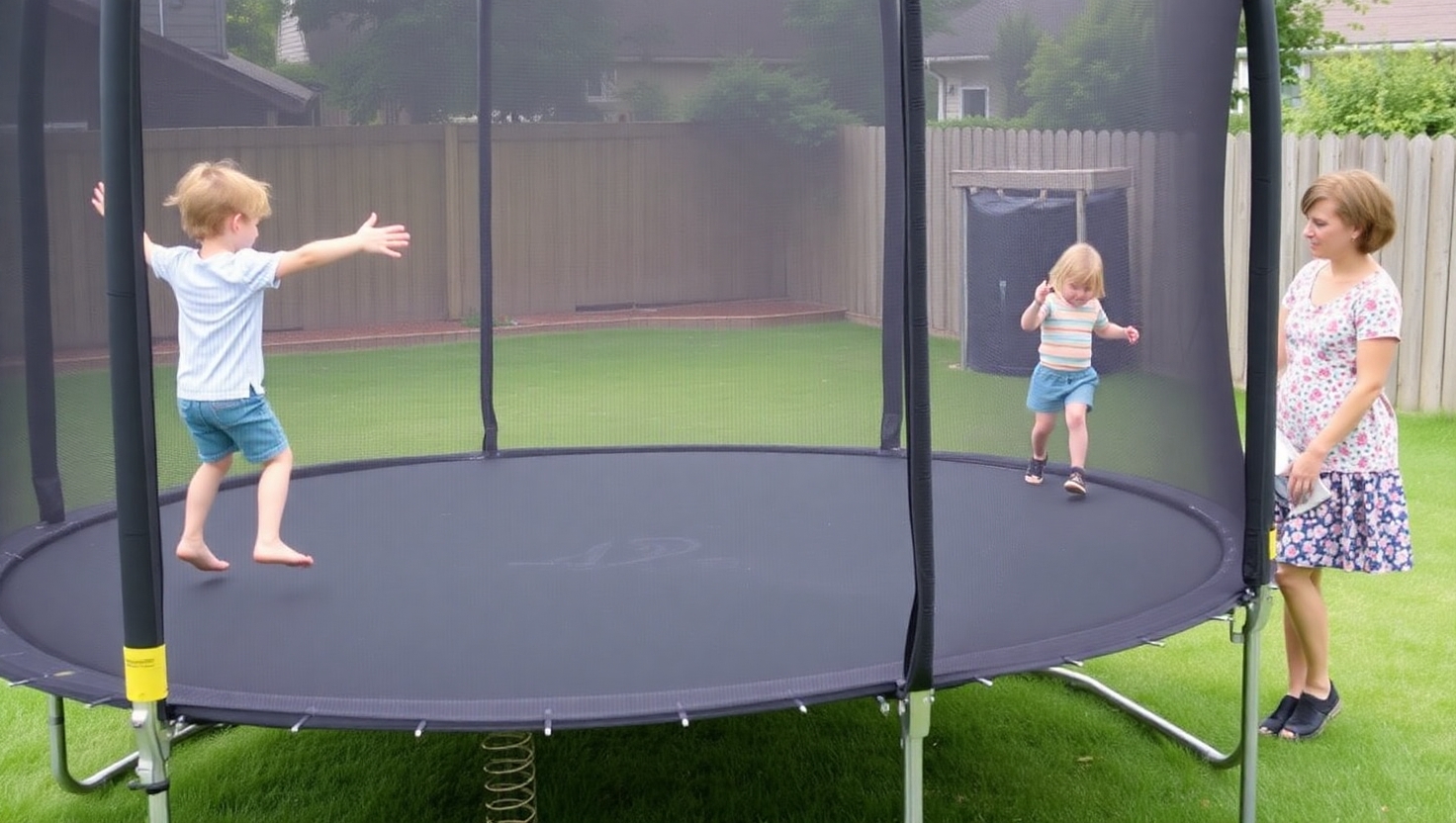
All you want to know about us
Click here to share this article

When it comes to outdoor entertainment for children, bouncy castles and trampolines are two of the most popular options. Both provide hours of fun and physical activity, but parents and guardians often wonder: Which is safer? In this detailed analysis, we examine the safety aspects of bouncy castles and trampolines, evaluating their risks, accident rates, and preventive measures to determine which is the safer choice for children.

Understanding the Risks: Bouncy Castles vs. Trampolines
Bouncy Castles: Safety Features and Potential Risks
Bouncy castles, also known as inflatable bounce houses, are designed with soft, air-filled walls and cushioned surfaces. They are typically enclosed, which minimizes the risk of children falling off the structure. However, some risks still exist, including:
Overcrowding: Too many children jumping simultaneously increases the chances of collisions and injuries.
Improper Anchoring: If a bouncy castle is not properly secured to the ground, strong winds can lift it, posing a severe hazard.
Unsupervised Play: Rough play or improper use (such as flipping) can lead to sprains, fractures, or head injuries.
Material Wear and Tear: Over time, inflatables can develop weak spots, increasing the risk of punctures or collapses.
Trampolines: Safety Challenges and Concerns
Trampolines provide an exhilarating experience, but they come with inherent risks that often lead to more severe injuries compared to bouncy castles. Some key safety concerns include:
Fall Risks: Without proper safety netting, children can fall off the trampoline, leading to fractures or concussions.
Impact Injuries: Even with nets, users may collide with the trampoline’s frame or springs, which can cause bruises, cuts, or more severe trauma.
Multiple Jumpers: The force exerted by multiple jumpers can result in unpredictable movements, increasing the likelihood of accidents.
Misuse and Tricks: Attempting flips or somersaults without training often results in spinal or neck injuries.

Statistical Comparison: Injury Rates and Severity
Studies conducted on recreational injuries indicate that trampolines have a significantly higher rate of emergency room visits compared to bouncy castles. According to reports from the American Academy of Pediatrics (AAP):
Trampoline-related injuries account for over 100,000 emergency room visits annually in the U.S.
Common trampoline injuries include fractures (particularly in the arms and legs), head injuries, and spinal damage.
Bouncy castles, while not injury-free, result in fewer severe accidents, with most injuries being minor sprains or bruises.
These findings suggest that while both activities carry risks, trampolines pose a higher danger due to their structure and the nature of their use.

Safety Measures: Mitigating the Risks
While both play structures have risks, proper safety measures can significantly reduce the likelihood of injuries.
Best Practices for Bouncy Castle Safety
To ensure a safe environment when using a bouncy castle, follow these precautions:
Secure Anchoring: Always ensure the bouncy castle is properly staked or weighted down to prevent it from shifting or lifting in windy conditions.
Supervised Play: Always have an adult supervising the children to prevent rough play, overcrowding, or dangerous stunts.
Limit Capacity: Stick to the manufacturer’s recommended number of occupants to prevent excessive force and collisions.
Check for Damage: Inspect the inflatable before use to ensure there are no punctures, weak seams, or deflated sections.
Set Up on Soft Ground: Grass or padded surfaces help reduce the impact of falls.
Essential Trampoline Safety Guidelines
To minimize the risks associated with trampolines, implement these safety strategies:
Install Safety Nets and Padding: Ensure the trampoline has a safety enclosure and padded springs to reduce impact injuries.
One Jumper at a Time: Multiple users dramatically increase the chances of accidents due to unexpected movement shifts.
Avoid Stunts and Flips: Unless supervised by a trained professional, flips should not be attempted due to the risk of neck and spinal injuries.
Regular Maintenance: Check for broken springs, torn mats, and frame stability before each use.
Position on a Soft Surface: Avoid placing trampolines on concrete or other hard surfaces to reduce the impact of falls.

Which Is the Safer Option?
When comparing bouncy castles and trampolines, bouncy castles emerge as the safer choice for several reasons:
Lower Injury Severity: While bouncy castles can lead to minor injuries, they are less likely to result in serious fractures or concussions compared to trampolines.
Better Fall Protection: The cushioned, enclosed nature of inflatables reduces the chances of hard impacts with rigid surfaces.
More Controlled Environment: When properly supervised, bouncy castles allow for safer play with fewer unpredictable movement forces.
However, bouncy castles are not completely risk-free. Proper supervision, setup, and maintenance are still crucial to ensuring safe usage.

Final Verdict: Bouncy Castles vs. Trampolines
Both bouncy castles and trampolines provide immense fun and valuable physical activity for children. However, if safety is the primary concern, bouncy castles generally pose a lower risk of serious injuries compared to trampolines. While trampolines can be made safer with precautions like safety nets and strict usage rules, the inherent risks of falls, collisions, and high-impact injuries make them a riskier option overall.
For parents and guardians seeking a fun yet safer play environment, a properly maintained and supervised bouncy castle is the recommended choice.